Gone are the days of wires. Earbuds, phones, computers, clocks, and even lamps don’t need to be constantly plugged in anymore. Instead, they are charged then moved around at leisure. This is so convenient, especially when outlets are placed in awkward locations. Still, outlets are often inadvertently designated for specific functions. For instance, the outlet by the desk is used frequently to charge laptops. It’s used so frequently that the charger is left plugged in, even if there’s nothing charging on the other end. This is a common habit, but it comes with some risks.
The different types of chargers
First off, not all plugs are the same. “A typical charger takes in the AC (alternating current) from the wall plug and converts it to a low-voltage DC (direct current) suitable for your device’s battery,” writes Glen Farivar, power electronics lecturer and researcher at the University of Melbourne, for the Conversation. He goes to explain that “in a DC circuit, electrons move in one direction and keep rotating in the circuit. In an AC circuit, electrons don’t circulate and only move back and forth.”
Why do we use different circuits?

Today, appliances and batteries use the DC form, but electricity is generated in the AC form. Therefore, almost all appliances contain AC to DC converters, which are made of components such as a transformer, conversion circuits, filters to ensure the quality of the voltage, and control circuits to regulate and protect the device. This is what’s inside the “block” part of a charger.
Read More: Firefighters Reveal the Worst Place to Keep Your Phone
“Vampire power”
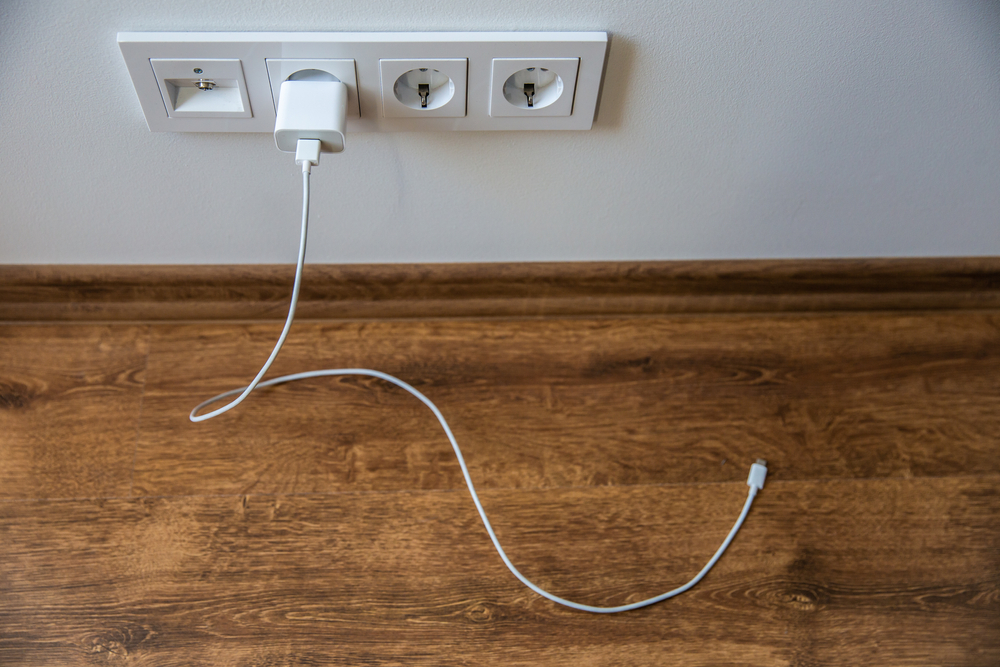
Vampire power, or standby power, is when a plugged-in charger constantly draws small amounts of electricity to maintain the control and protection circuits. The rest of the electricity, with no device to power, fades away as heat. Fortunately, the amount of vampire power taken from one small charger is trivial. Unfortunately, if there are many chargers left plugged in all over the house, the accumulation of standby power can become significant.
Not just chargers
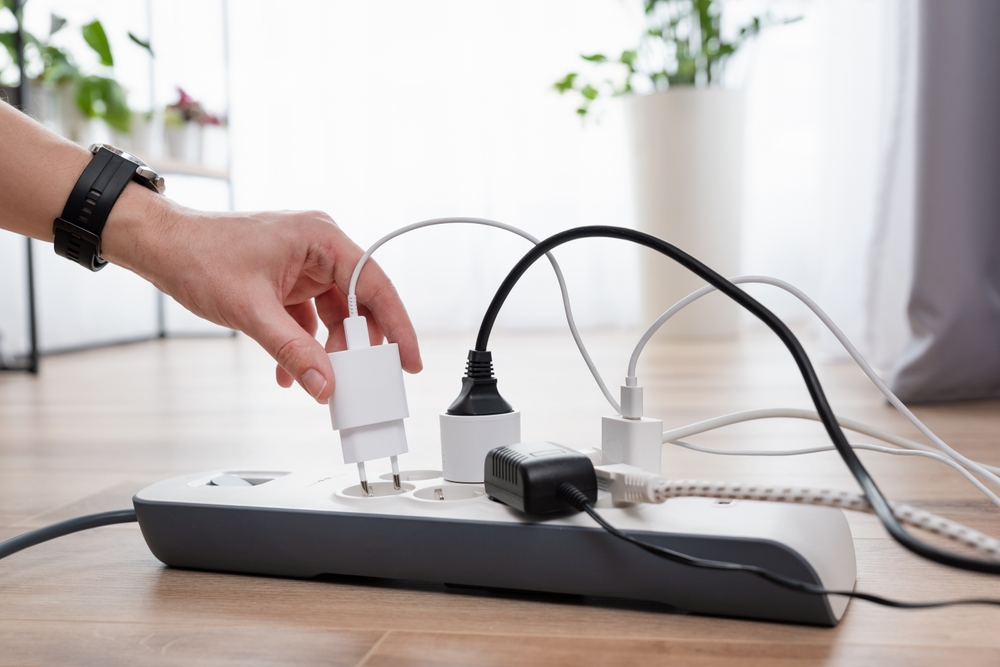
Vampire power is not reserved to chargers. Constantly-plugged-in devices like TVs, lamps, toasters, etc. draw power as well. The amount is typically negligible, but again, that depends on how many items are left plugged in. “...Over the course of the year it could amount to several kilowatt hours,” says Farivar. The good news is modern chargers are built with this in mind. So they come with smart power management components to enter a sleep mode until they are in use.
Read More: Major Warning Issued to Those Who Sleep Next to Their iPhone
Don’t wear it out
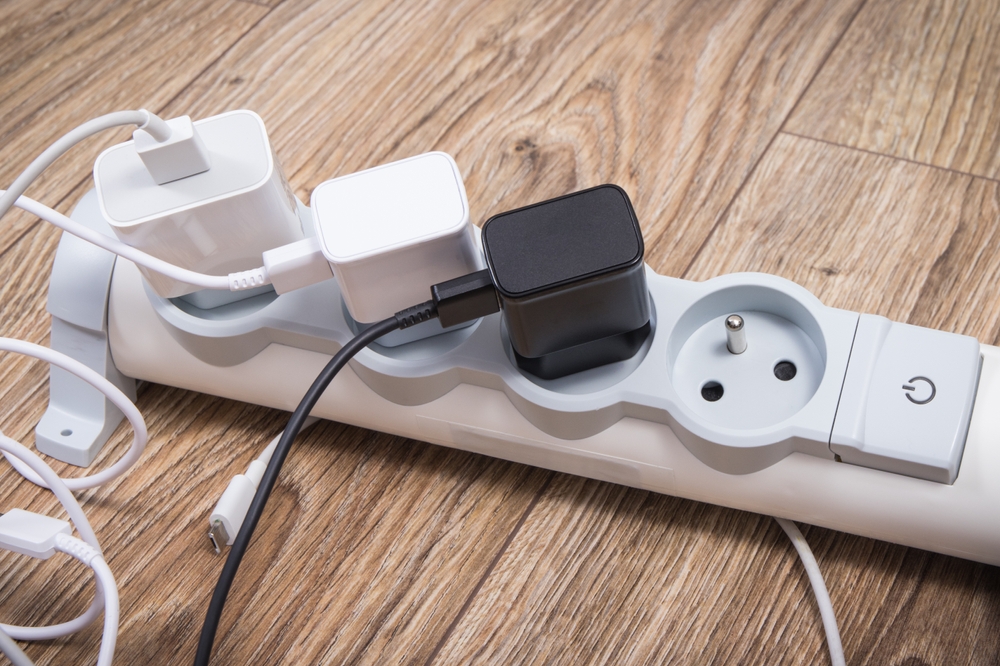
Even if standby power isn’t an issue, leaving chargers plugged in can wear them out over time, and shorten their lifespan. This is especially true when the “electricity grid voltage temporarily rises above its rated value,” according to Farivar. Unfortunately, this can be a relatively common occurrence since the electricity grid is a “chaotic environment” that lends itself to various voltage rise events. Cheap, uncertified chargers are especially prone to wear-and-tear over time. With that being said…
Don’t use cheap chargers
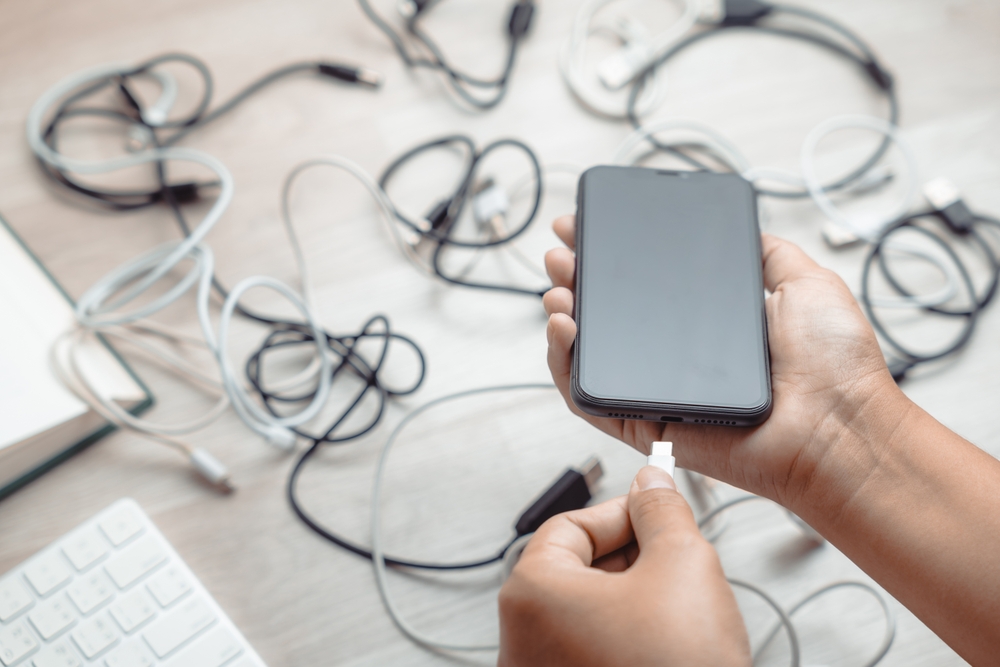
Cheap chargers can damage your phone. Plus, they are potential fire hazards. “Stick with the chargers that come with your phone and avoid the knockoffs you find at gas stations and convenience stores,” says energy expert Glenn LaMay, the founder of Home Energy Solutions, to Apartment Therapy. “They pose a much bigger threat than keeping a vetted charger plugged in all day.”
Read More: Teen Almost Dead After Phone Charger Accident Leaves His Neck Scarred With 4th Degree Burns
Choose quality phone chargers
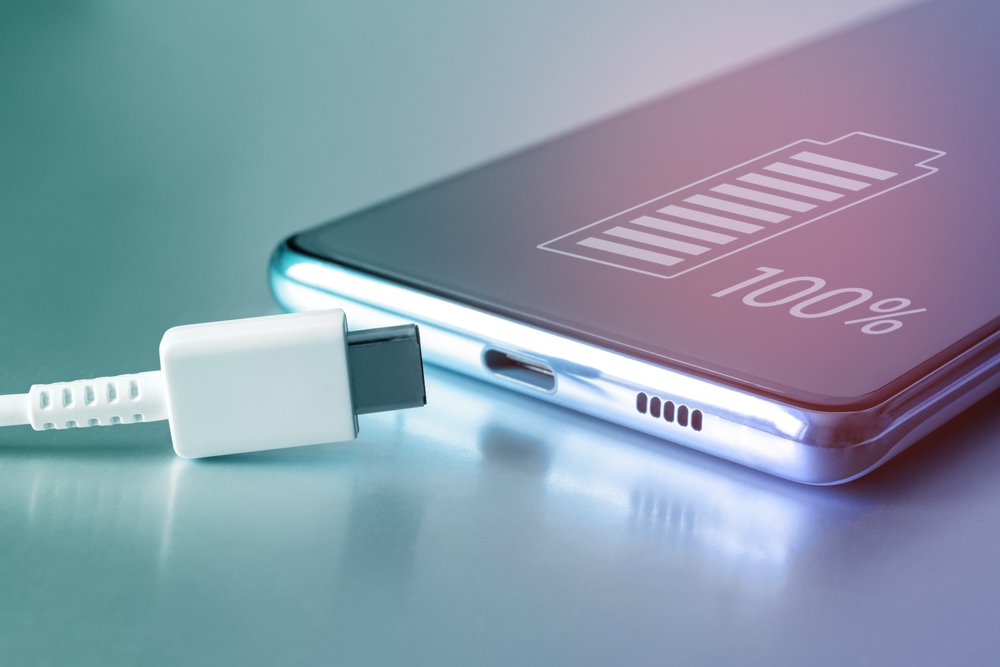
To put it simply, knockoff chargers do not undergo the same efficiency and safety tests as official brands. “Cheaper chargers might not provide the correct voltage and could damage your battery, which can impact the speed and efficiency of your phone’s future charging,” says Sukaina Yacoob, a quality assurance engineer at Batteries Plus. “Plus, cell phone batteries have built-in safety protection circuitry, and if this is damaged by an off-brand charger, it can cause the battery to overheat, swell, or even catch fire.”
How to upkeep chargers

All in all, chargers are safe, and draw minimal vampire power if left plugged in. But do consider unplugging them anyway. If a charger gets warmer than it should, makes noise, has exposed wires, or is dented or damaged in any way, trash it and buy a new one from the official brand, confirms the London Fire Brigade. When you plug in your charger, ensure the batteries are not in a very hot or very cold environment. Additionally, they should never be covered with other items. Your devices and home will thank you.
Read More: Why You Should Never Leave Your Phone Charger Plugged in Without Your Phone
